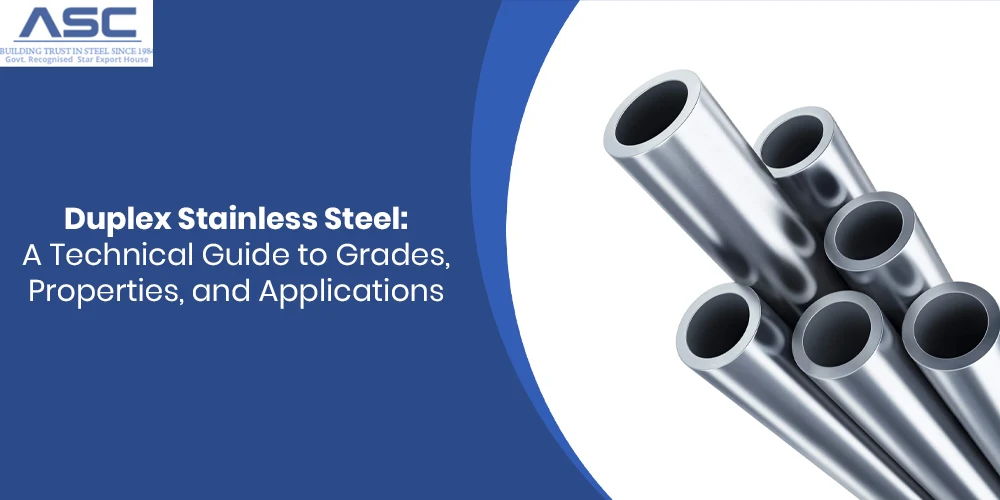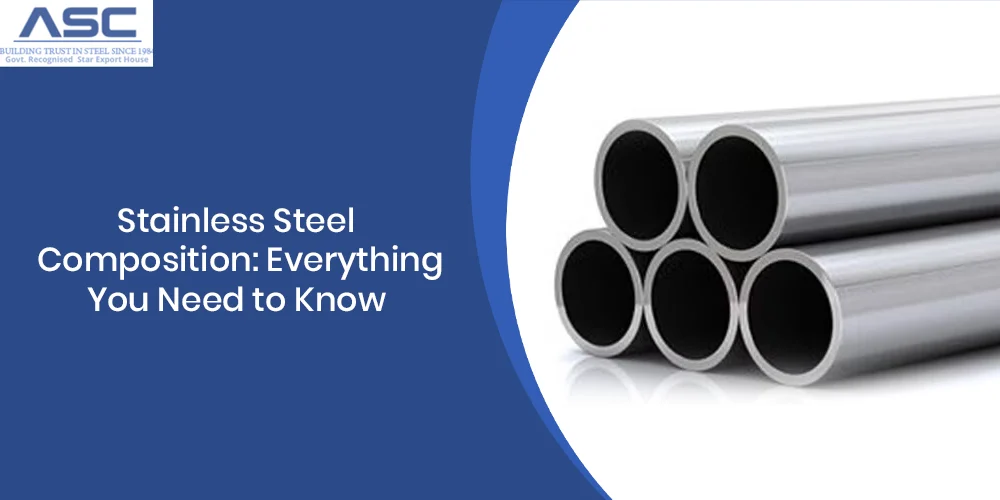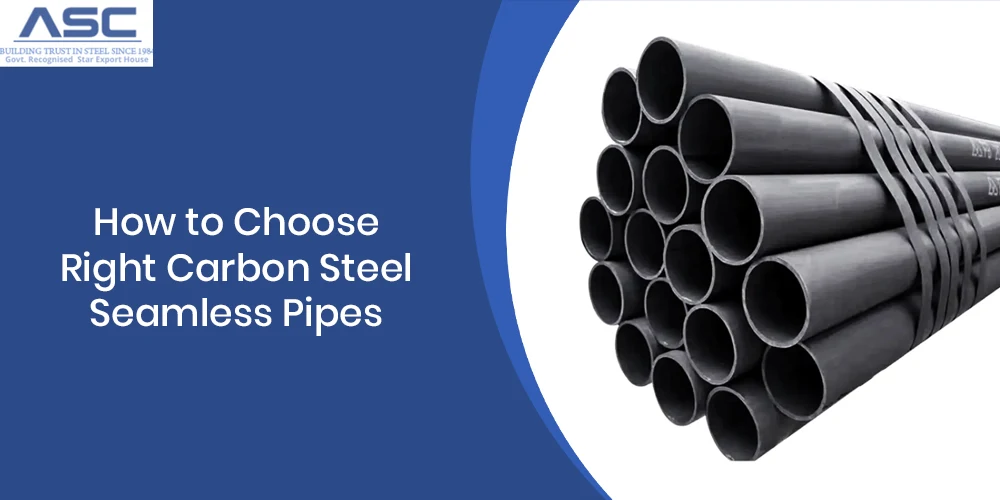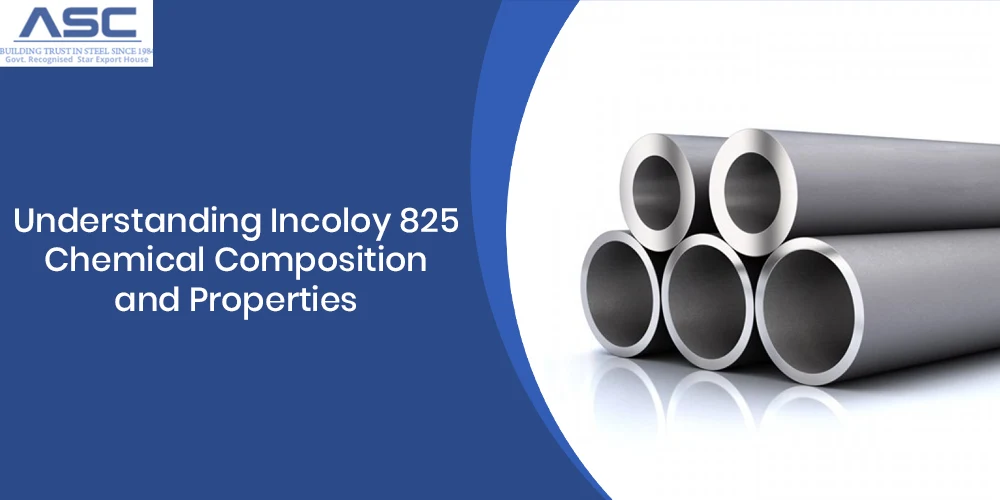Duplex Stainless Steel: A Technical Guide to Grades, Properties, and Applications
by AMC
Posted on April 10, 2025 at 05:01 PM

Navigating material selection for demanding environments often leads engineers to consider advanced options. Duplex stainless steel, with its unique microstructure and balanced properties, frequently emerges as a prime candidate. However, understanding the nuances between grades like 2205 and 2507, interpreting PREN values, and assessing suitability for specific corrosive conditions requires detailed knowledge.
This guide provides engineers, designers, and procurement specialists with a comprehensive technical overview of duplex stainless steels. We will dissect the microstructure, analyze key properties of mechanical and corrosion, compare common grades including super duplex, examine chemical compositions, and detail relevant industrial applications, enabling informed material selection for critical projects.
Defining Duplex Stainless Steel: Microstructure and Key Advantages
At its core, duplex stainless steel possesses a two phase microstructure containing approximately equal proportions of austenite and ferrite. This deliberate metallurgical balance, achieved through controlled alloying and processing, is the foundation of its distinct advantages over purely austenitic or ferritic grades. This structure inherently provides higher strength and enhanced resistance to certain forms of corrosion, particularly stress corrosion cracking SCC.
Core Properties of Duplex Stainless Steel: Strength, Corrosion Resistance, and Weldability
The practical benefits derived from the duplex structure translate into specific, measurable properties critical for engineering design:
- Elevated Mechanical Strength: Duplex grades exhibit significantly higher yield and tensile strengths compared to common austenitic steels for example 304L, 316L, often double the yield strength. This allows for designs with reduced section thickness, leading to weight savings and potential cost reductions.
- Enhanced Corrosion Resistance:
- General and Localized Corrosion: High chromium, molybdenum, and nitrogen content provide excellent resistance to general corrosion and critically superior resistance to localized attack mechanisms like pitting corrosion, high PREN values and crevice corrosion, especially in chloride rich environments.
- Stress Corrosion Cracking SCC: Duplex steels offer vastly improved resistance to chloride induced SCC compared to standard austenitic grades, a crucial factor in warm, saline, or chloride containing process environments.
- Good Weldability: While requiring specific procedures controlled heat input, appropriate filler metals to maintain the phase balance in the heat affected zone HAZ, duplex steels are readily weldable using common arc welding processes.
Duplex vs. Super Duplex Stainless Steel: Composition and Performance Differences
- Composition: Super Duplex Grades e.g., UNS S32750 / 2507: Contain higher percentages of chromium Cr, molybdenum Mo, and nitrogen N.
- Performance Impact: This enriched composition translates to:
- Higher PREN Pitting Resistance Equivalent Number: Typically ≥ 40, indicating superior resistance to pitting initiation in highly aggressive chloride environments.
- Increased Strength: Usually exhibit even higher yield and tensile strengths than standard duplex grades.
- Enhanced Crevice Corrosion Resistance: Better performance in tight geometries where corrosives can concentrate.
- Selection Criteria: Standard duplex e.g., UNS S32205 / 2205 is suitable for many demanding applications, while super duplex is reserved for the most severe service conditions where maximum corrosion resistance is paramount e.g., high temperature seawater, aggressive chemical processing, deep offshore.
Common Duplex Stainless Steel Grades: 2205 S32205, 2507 S32750, and Lean Variants
Several specific grades cater to different performance and cost requirements:
- Grade 2205 UNS S32205 / S31803: The most widely utilized duplex grade. Offers an excellent balance of strength, resistance to SCC, pitting, and crevice corrosion. The workhorse for chemical processing, marine applications, oil and gas, and pulp and paper. S32205 offers tighter nitrogen control than the older S31803. PREN typically 34-36.
- Grade 2507 UNS S32750: The leading super duplex grade. Engineered for maximum corrosion resistance PREN ≥ 42.5 and high strength. Specified for highly corrosive offshore, desalination, and chemical processing environments.
- Lean Duplex Grades e.g., UNS S32101, S32304: Developed for cost effectiveness with lower nickel and sometimes molybdenum content. They provide better strength and SCC resistance than 304L/316L but lower pitting resistance than 2205. Suitable for structural applications, storage tanks, and less aggressive environments.
Chemical Composition Analysis: Key Alloying Elements in Duplex Steels Cr, Ni, Mo, N
Understanding the role of key alloying elements is crucial for predicting performance :
| Element | Symbol | Typical Range % | Primary Function(s) in Duplex Structure & Performance |
|---|---|---|---|
| Chromium | Cr | 18 – 28 | Primary element for passive film formation corrosion resistance; Ferrite stabilizer. |
| Nickel | Ni | 4.5 – 8 | Primary Austenite stabilizer; enhances toughness and ductility. |
| Molybdenum | Mo | 2.5 – 5 | Significantly enhances resistance to pitting and crevice corrosion; Ferrite stabilizer. |
| Nitrogen | N | 0.1 – 0.3+ | Potent Austenite stabilizer; dramatically increases strength and pitting resistance. |
| Carbon | C | ≤ 0.03 | Kept low to prevent chromium carbide precipitation sensitization during welding. |
| Manganese | Mn | ≤ 2 | Mild Austenite stabilizer; aids deoxidation and hot workability. |
The precise ratio of ferrite stabilizers Cr, Mo, Si to austenite stabilizers Ni, N, Mn, C, Cu determines the final phase balance.
Mechanical Properties Deep Dive: Yield Strength, Tensile Strength, and Hardness
The mechanical properties underscore the design advantages of duplex steels:
| Property | Typical Value Grade 2205 | Typical Value Grade 2507 | Comparison Typical 316L |
|---|---|---|---|
| 0.2% Proof Stress Yield | ≥ 450 MPa 65 ksi | ≥ 550 MPa 80 ksi | ~200 MPa 30 ksi |
| Tensile Strength UTS | 620 - 800 MPa 90 - 116 ksi | ≥ 800 MPa 116 ksi | ~515 MPa 75 ksi |
| Elongation A5 | ≥ 25% | ≥ 15-25% | ~40% |
| Hardness Brinell | ~270 HB ≤ 290 typical max | ~290 HB ≤ 310 typical max | ~160 HB |
The high yield strength is often the most significant factor, allowing for substantial material savings in pressure containing equipment and load bearing structures. Good ductility elongation ensures adequate toughness.
Industrial Applications: Where Duplex & Super Duplex Excel Oil & Gas, Chemical, Marine
The unique property set of duplex steels makes them ideal solutions in specific industries facing challenging conditions:
- Oil and Gas: Subsea flowlines, umbilicals, manifolds, separators, heat exchangers, structural components on offshore platforms, high strength to weight, resistance to H₂S and chlorides. Super duplex is prevalent.
- Chemical Processing Industry CPI: Pressure vessels, reactors, tanks, piping, heat exchangers handling chlorides, organic acids, caustic solutions where SCC or pitting are risks for standard austenitics.
- Marine: Propeller shafts, rudder stocks, pumps, valves, fasteners, seawater cooling systems, deck hardware resistance to seawater corrosion and high strength.
- Desalination: Evaporator tubing, high pressure piping, pumps resistance to hot brine and high chloride concentrations. Both duplex and super duplex are used depending on temperature/concentration.
- Pulp and Paper: Digesters, bleach plant equipment, liquor tanks resistance to specific chemical liquors and abrasion.
- Power Generation: Flue Gas Desulfurization FGD scrubbers, absorbers, ducting resistance to acidic, chloride containing condensates, some feedwater heaters.
- Infrastructure and Architecture: Bridges especially in coastal/deicing salt areas, structural supports, swimming pool components, building facades long life, low maintenance, corrosion resistance.
For a detailed look at the uses and advantages of duplex steel, read our article on Applications & Uses of Duplex Stainless Steel
Advantages Summary: Performance Benefits and Cost Effectiveness
Choosing duplex or super duplex steel offers tangible engineering and economic advantages:
- High Strength to Weight Ratio: Enables lighter designs, reducing material volume, fabrication effort, and installation loads.
- Excellent Corrosion Resistance: Provides reliable performance in environments where standard stainless grades would fail prematurely due to SCC, pitting, or crevice corrosion.
- Improved Durability and Service Life: Reduces maintenance cycles and replacement frequency, leading to lower lifetime costs.
- Potential Overall Cost Savings: While initial material cost per unit weight might be higher than 316L, the ability to use thinner sections and avoid costly failures often results in lower total installed and operational costs.
Conclusion: Selecting the Optimal Duplex or Super Duplex Grade
Duplex and super duplex stainless steels represent highly engineered materials offering a superior combination of mechanical strength and corrosion resistance compared to conventional stainless steels. Their selection is warranted in applications where standard grades are inadequate due to high stress, aggressive chemical environments particularly chlorides, or susceptibility to stress corrosion cracking.
A thorough analysis of the service environment temperature, chemical concentrations, chloride levels, pH and mechanical design requirements pressure, load is essential for choosing the most appropriate and cost effective grade Lean Duplex, 2205, 2507, or others. Consulting material specialists and leveraging resources from reputable suppliers like Amardeep Steel, who offer certified materials and technical support, is crucial for successful implementation.
Frequently Asked Technical Questions about Duplex Stainless Steel
1. What is PREN and why is it important for Duplex?
PREN Pitting Resistance Equivalent Number estimates resistance to pitting corrosion, calculated via: PREN = %Cr + 3.3 * %Mo + 16 * %N. Higher PREN e.g., >34 for 2205, >40 for 2507 indicates better resistance, crucial in chloride environments.
2. Are there special welding considerations for Duplex?
Yes. Controlled heat input to avoid excessive ferrite, proper joint preparation, and using filler metals with slightly higher nickel content are needed to maintain the correct austenite ferrite balance in the weld and HAZ for optimal properties.
3. What temperature limitations do Duplex steels have?
Generally limited to about -50°C -60°F due to ductile to brittle transition in ferrite, and up to approx. 280-300°C 540-570°F to avoid embrittlement phases like alpha prime forming after prolonged exposure.

Stainless Steel Composition: Everything You Need to Know
Modern industries use stainless steel as their base material because it provides both excellent strength and corrosion resistance and durability and appealing looks.

